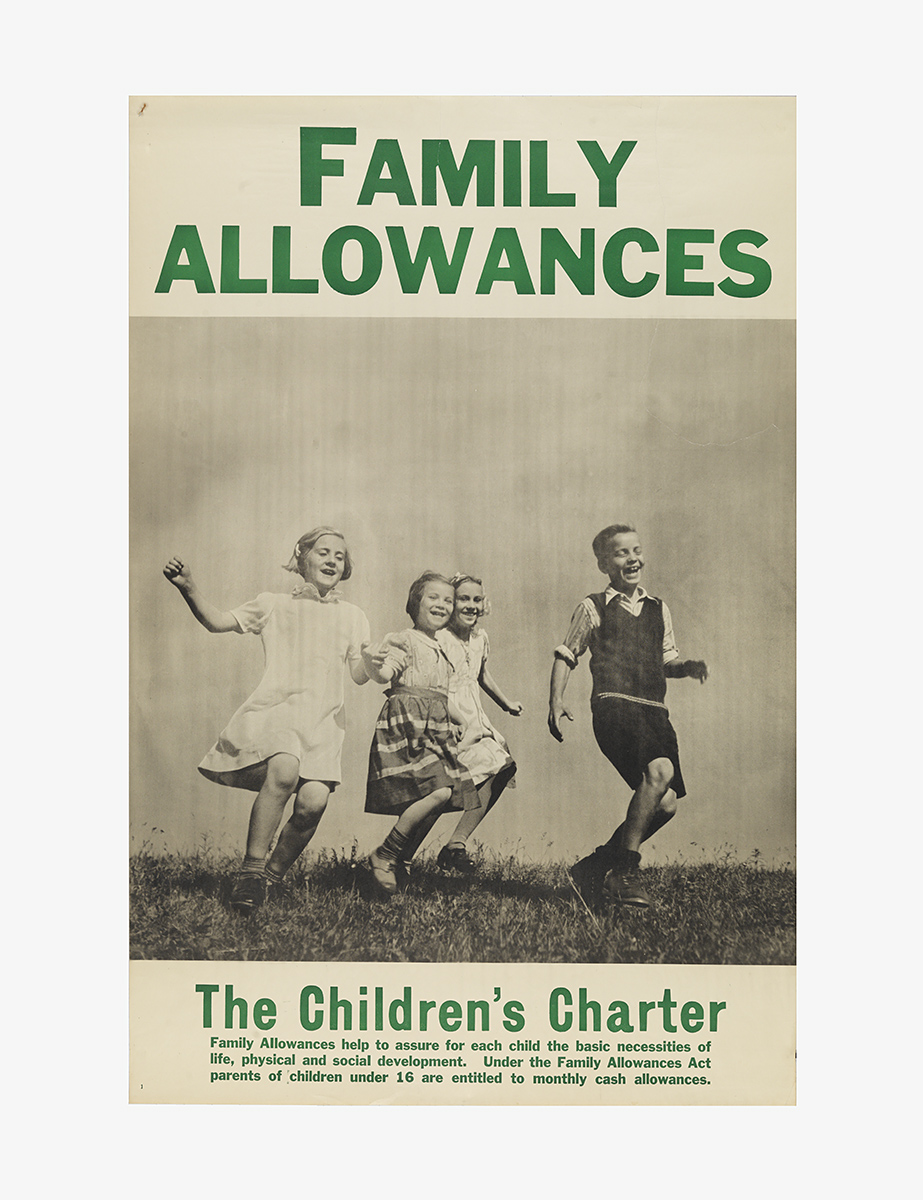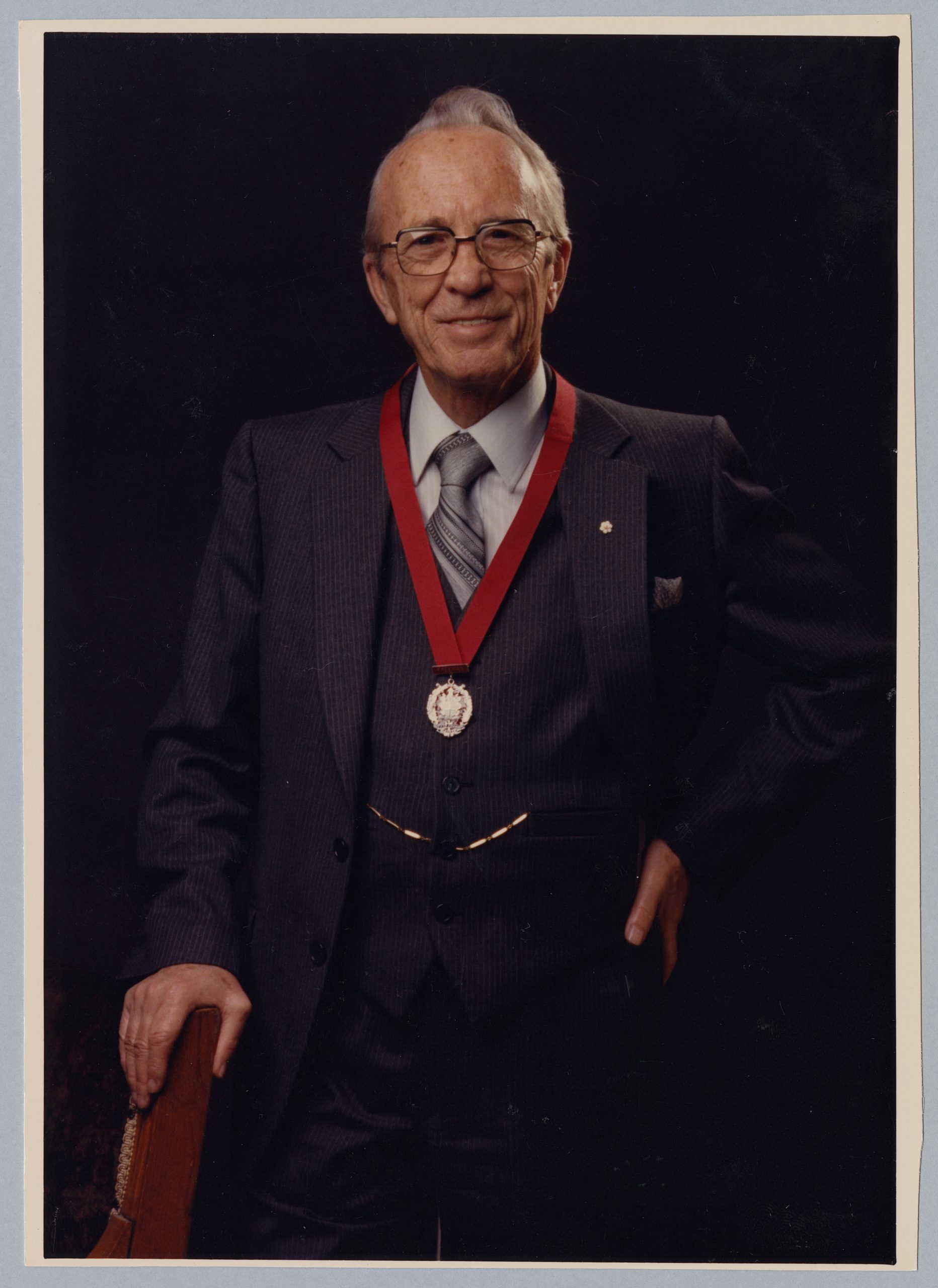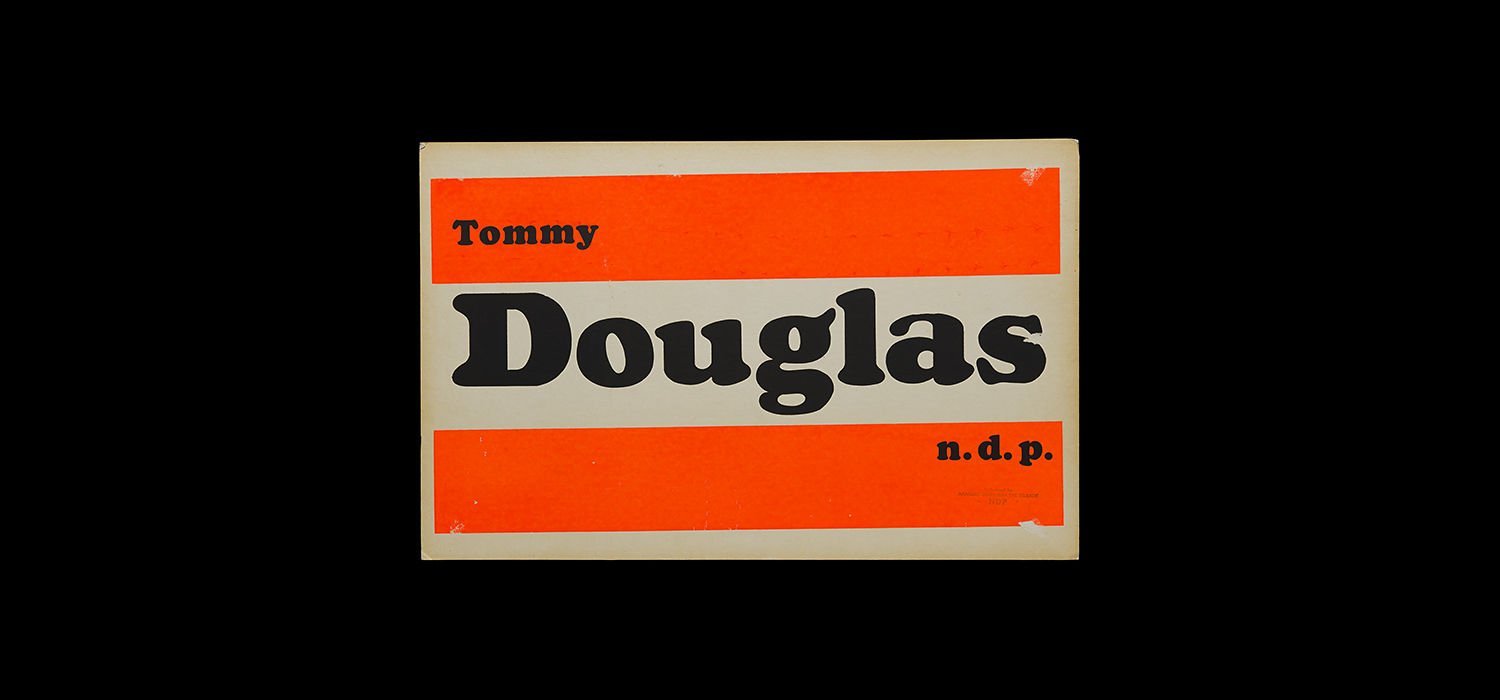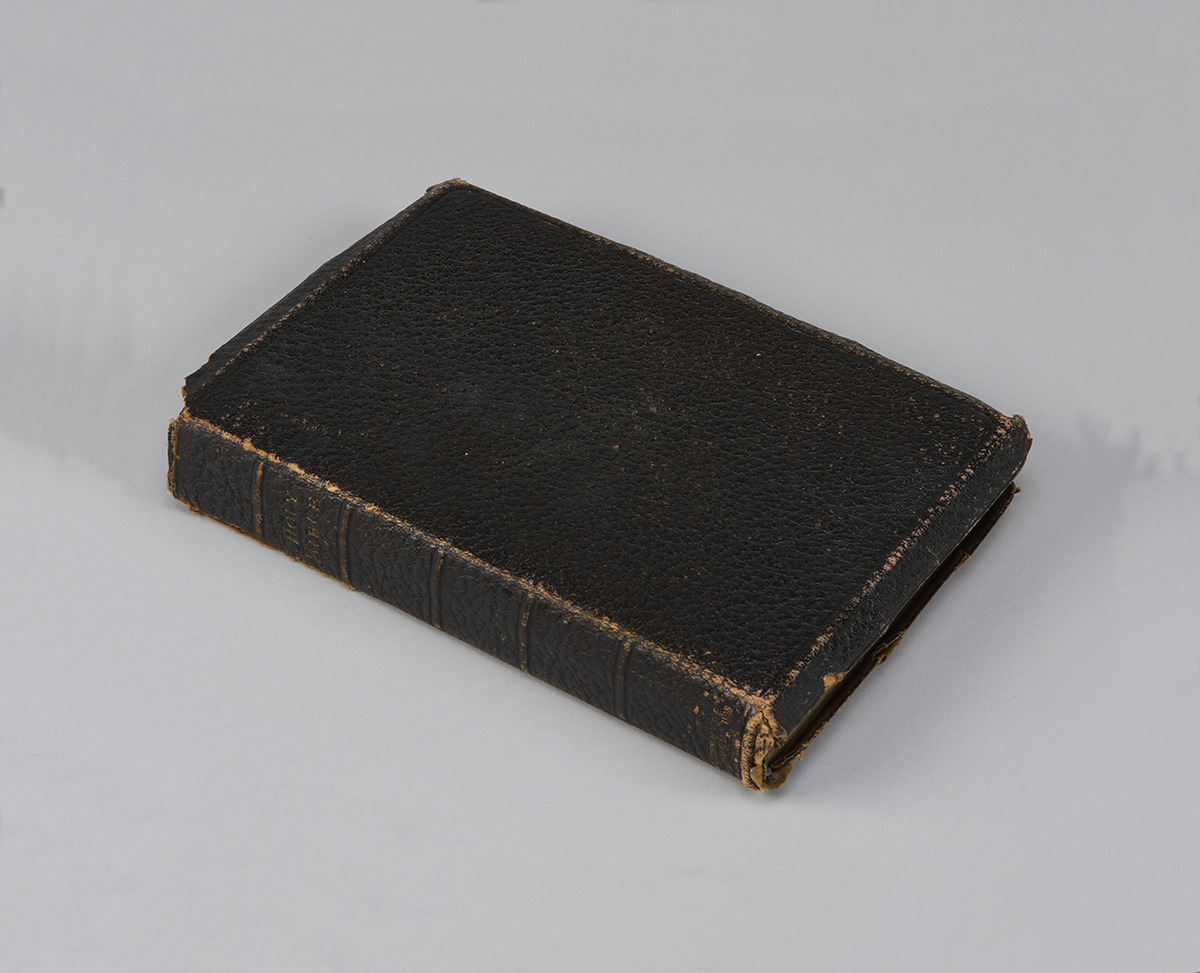Like many other nations, Canada invested in social welfare programs and infrastructure projects to maintain and share prosperity after the war. According to British economist John Maynard Keynes, the intervention of the state would ensure growth and guard against recession. Canadians insisted that governments take a greater role in providing care and economic security to its citizens. No one wanted to repeat the bitter experiences of the Depression era.
Tommy Douglas helped create Canada’s best-known social welfare program. As leader of the Co-operative Commonwealth Federation (precursor of the New Democratic Party), he led North America’s first socialist government, serving as premier of Saskatchewan between 1944 and 1961. His government introduced the first publicly funded medical insurance system in Canada in 1961. The government of Lester B. Pearson passed similar legislation at the federal level — the Medical Care Act — which extended universal health care coverage across the country in 1966.
Social Programs
A number of social programs, including pensions, unemployment insurance and family allowances, were unveiled or strengthened in the years following the Second World War.

Poster
Inscription: Family Allowances About 1944 CWM, 20070104-010
Family Allowances
Starting in July 1945, mothers of children under 16 received a monthly family allowance cheque. This money directly improved a family’s buying power and its standard of living.
Pensions
In 1952, all Canadians over 70 became entitled to a federally funded pension. Additional programs such as the Canada and Quebec pension plans followed in 1966.
Medicare
Between 1957 and 1966, the federal government implemented a nationally funded universal health insurance program that is now known as medicare.
Unemployment Insurance
Unemployment insurance was introduced in Canada in 1940, and expanded in the 1950s and 1960s. The Canada Assistance Plan provided basic levels of income to Canadians during periods of unemployment.
Infrastructure
Throughout the 1950s and 1960s, various levels of government invested in major projects such as hydroelectric dams, the St. Lawrence Seaway shipping route and the Trans-Canada Highway.
Nurturing Canadian Culture
The expanding role of government covered culture and identity. Concerned about American influence, the federal government established the Royal Commission on National Development in the Arts, Letters and Sciences, headed by Vincent Massey. The commission’s 1951 report made sweeping recommendations for increased government support for cultural institutions, education and the arts. This led to the creation of the Canada Council for the Arts in 1957. To date, it has funded thousands of artists, writers and performers in Canada.

Douglas, T.C. (Thomas Clement
1904-1986 Image credits are: CMH, 2012-H0015




